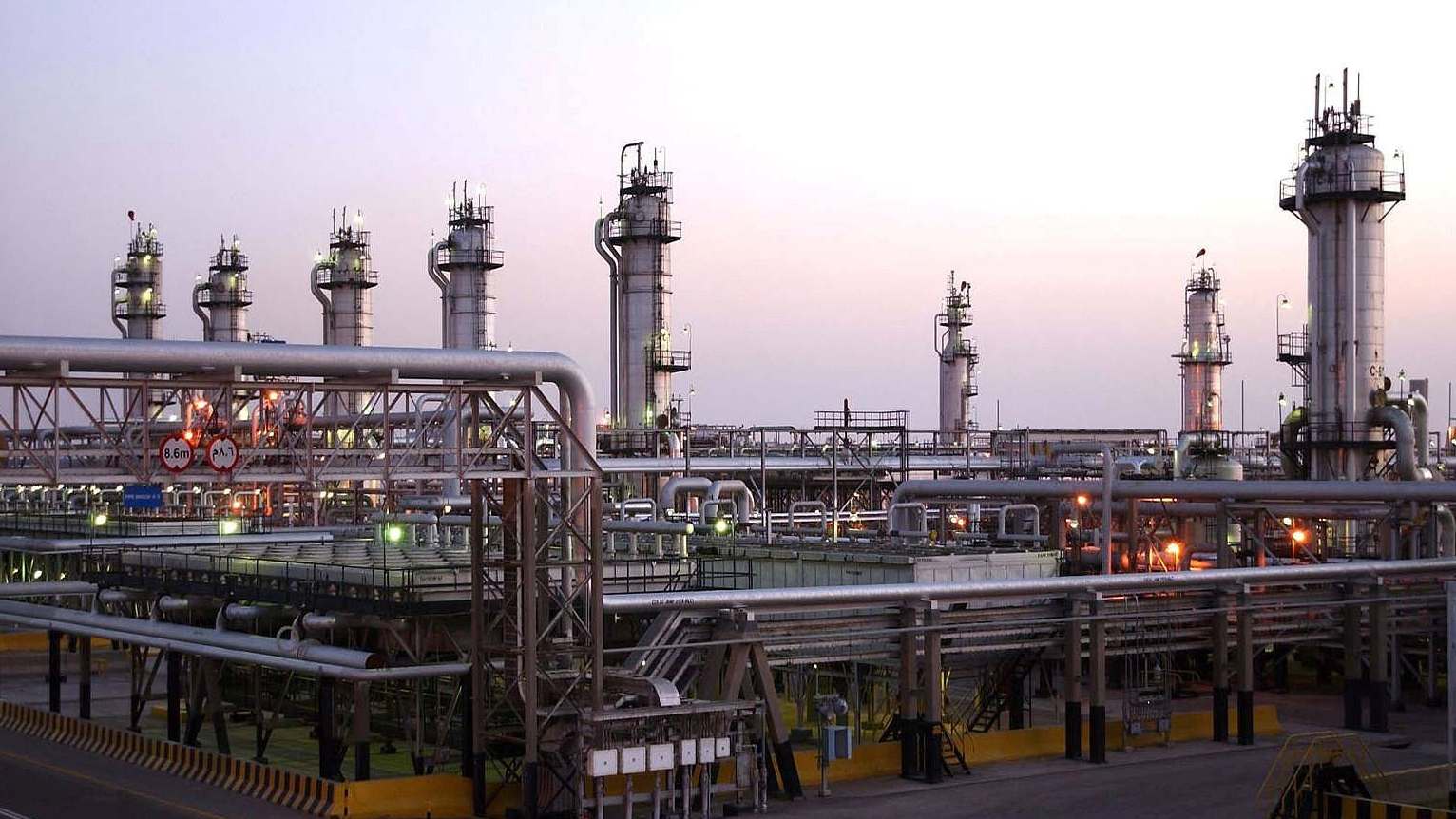
Markets
23:07, 18-Mar-2019
U.S. shale forecast to threaten Saudi export crown
Jacob Greaves

The International Energy Agency (IEA) recently released its annual five year forecast for the energy industry and it makes troubling reading for Organization of the Petroleum Exporting Countries (OPEC).
In a wide-ranging report the IEA forecasts a U.S. shale boom over the next five years which will firmly cement U.S. producers on global oil and gas export markets. In fact, the agency thinks U.S. shale will account for 70 percent of global capacity growth in that period, which could change the industry almost beyond recognition. If correct, the IEA's projections would see the US replace Russia and move close to Saudi Arabia's crown as the world's top oil exporter.
For the Middle East-led OPEC it raises the specter of a near future where their market share will shrink and its ability to influence prices will decrease. The IEA's projections come at a time when OPEC+ is pursuing a strategy aimed at boosting prices. Last December OPEC, Russia and other non-members, agreed to reduce supply by 1.2 million bpd. OPEC's share of the cut amounts to 800,000 bpd, but after the latest IEA forecast some warn the growth of U.S. shale could make OPEC's strategy of ceding market share to bolster prices less appealing.
Sean Evers, the Managing Partner at Gulf Intelligence says right now there's "certainly a need for both shale and everybody else's oil barrels" but he adds with peak demand possibly lurking on the horizon and market space forecast to be more cluttered, "I suspect OPEC will not be able to hold onto the maximized price over market share strategy as they have done for the last fifty years."

A view shows Saudi Aramco's Abqaiq oil facility. /VCG Photo
A view shows Saudi Aramco's Abqaiq oil facility. /VCG Photo
The International Energy Agency's claims also raise the issue of where OPEC can find growth in the coming years. U.S. sanctions on Iran and Venezuela stand to restrict supply from the two key members. Meanwhile, the Paris-based IEA predicts only Iraq and the United Arab Emirates (UAE) will make significant capacity increases over the next five years. Part of the problem could be investment, or more to the point a lack of it. Indeed, on Monday Saudi Arabia's Energy Minister Khalid al-Falih was reported by Reuters as saying across the oil industry as a whole "estimates show that 11 trillion U.S. dollars in investments will be needed over the coming two decades to meet demand growth."
According to analysts, part of OPEC's problem is attracting that investment in the wake of the U.S. shale boom. Herman Wang, a senior oil writer for S&P Global Platts, says a lot of OPEC countries are "faced with declining mature fields" where they have to invest a lot of money to "replace those barrels that they're losing to natural decline." By contrast Wang says, "We're seeing a lot of investment in the U.S, in this shale oil, the short cycle shale oil that brings about returns more quickly."
Any such changes to OPEC's future market share could also bring with them geopolitical ramifications. For many of the bloc's members energy exports form the backbone of their respective economies. For now, OPEC has largely welcomed U.S. shale, saying there's enough space for everyone, but that messaging could change further down the pipeline if it loses market influence to a historic OPEC consumer.

SITEMAP
Copyright © 2018 CGTN. Beijing ICP prepared NO.16065310-3
Copyright © 2018 CGTN. Beijing ICP prepared NO.16065310-3